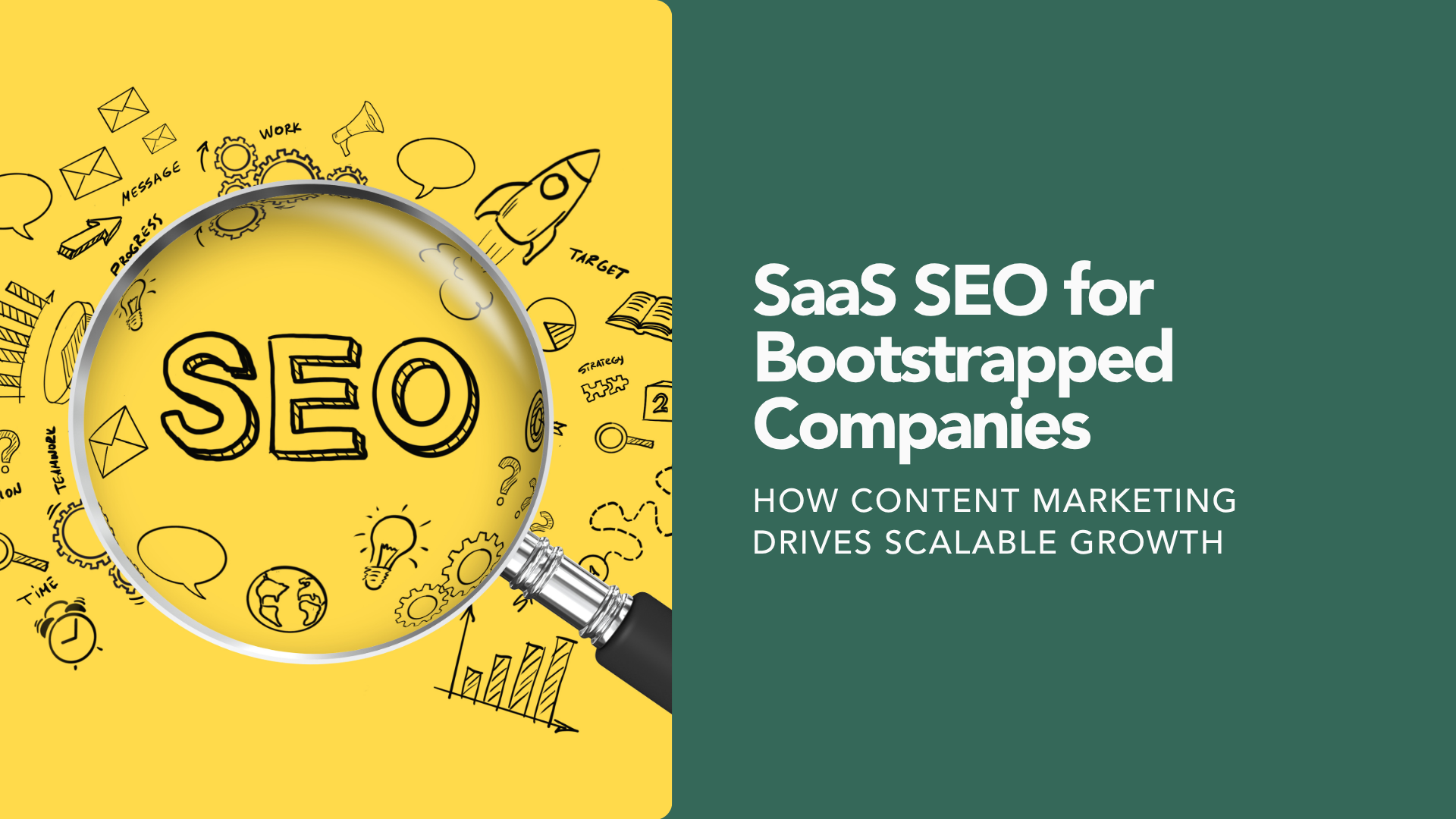Bootstrapped SaaS companies face unique challenges when it comes to growth. With limited budgets, every marketing channel must demonstrate real impact. SaaS SEO is often the most sustainable and cost-effective lever for customer acquisition, yet many early-stage teams overlook or underinvest in it. This article covers practical SaaS SEO tactics—drawn from the strategies behind a $30 million SaaS exit—to help founders, marketers, and operators unlock organic growth using content marketing.
The Foundation: Product-Market Fit and Early Traction
For any SaaS SEO strategy to work, a clear product-market fit is essential. Initial customers are often sourced from the founder’s network, providing valuable feedback and shaping the first iterations of the product. In crowded verticals, traditional outbound marketing may fail to stand out. Instead, the focus shifts to building a website and content funnel that attracts and nurtures qualified leads—core principles of effective SaaS SEO.
The Three-Pillar Approach to SaaS SEO Content
A robust SaaS SEO strategy is built on three key content pillars, each targeting a different stage of the customer journey:
1. Conversion Content (Bottom of Funnel)
- Targets high-intent, product-focused keywords directly tied to the SaaS solution.
- Dedicated landing pages address search queries like “gym billing software” or “martial arts management platform,” answering key questions and driving trial sign-ups or demos.
- Conversion rates, leads, and revenue are closely tracked to measure impact.
2. Awareness Content (Middle of Funnel)
- Covers the daily pain points and interests of the SaaS buyer, such as operational challenges or industry best practices.
- Example topics might include “accounting tips for gyms” or “how to improve member retention,” with natural links back to relevant product features or integrations.
- Content is distributed across social channels, forums, and industry communities to maximize reach.
3. Topical Authority Content (Top of Funnel)
- Establishes the SaaS brand as a credible source within its industry vertical.
- Long-form guides and educational articles—such as “16 Types of Fitness Classes” or “Latest Trends in Gym Management”—drive backlinks and signal authority to search engines.
- This pillar supports long-term SaaS SEO by building domain strength and capturing a broader audience.
Technical SaaS SEO: Optimizing the Infrastructure
Strong technical SEO underpins all effective SaaS SEO strategies:
- Content Structure: Organize pages with clear headings, bullet points, and answers to questions surfaced in Google’s “People Also Ask.”
- Internal Linking: Create clusters by interlinking related content, signaling relevance and improving crawlability.
- Mobile Optimization: Prioritize mobile-first design and fast load times, aligning with Google’s mobile indexing priorities.
Keyword Research and Opportunity Analysis
Keyword research is at the heart of SaaS SEO:
- Use tools like Ahrefs, SEMrush, and Google Keyword Planner to find terms with high intent, adequate search volume, and manageable competition.
- Mine Google Search Console for quick-win keywords where the site already ranks near the first page.
- Analyze competitors to find gaps in their content or missed keyword opportunities.
- Long-tail keyword focus allows SaaS brands to capture qualified leads at lower acquisition costs.
Vertical SaaS SEO: Why Specialization Matters
Specialization is a major asset for SaaS SEO. Focusing on a specific industry allows for:
- Easier authority-building within a tight niche.
- Greater likelihood of ranking for long-tail, industry-specific keywords.
- Content tailored to unique industry challenges, boosting relevance and engagement.
SaaS SEO Strategy by Revenue Model
For SaaS with lower annual contract values, self-service and organic acquisition become critical:
- Optimize for conversions without requiring heavy sales touch.
- Track acquisition cost and ROI across all organic channels.
- As results scale, build a content team to increase publishing cadence while maintaining quality control.
Keeping SaaS SEO Future-Proof
Modern SaaS SEO is always evolving:
- Adapt content for voice search and natural language queries.
- Maintain fast, responsive, mobile-optimized websites.
- Regularly update and expand existing content to retain rankings and relevance.
- Monitor Google algorithm updates and pivot technical or content tactics as necessary.
Key SaaS SEO Takeaways for Founders
- Prioritize SaaS SEO early: Organic acquisition delivers sustainable, compounding results.
- Build a full-funnel content plan: Target the full customer journey—from high-intent landing pages to broad authority-building resources.
- Continuously optimize and measure: Track what works, iterate quickly, and focus on adding real value for your audience.
- Be patient: SaaS SEO is a long-term investment, but the payoff in qualified traffic and reduced CAC is significant.
By implementing these SaaS SEO strategies, even bootstrapped companies can achieve outsized growth—and even reach significant exits—without depending on paid ads or venture capital.

